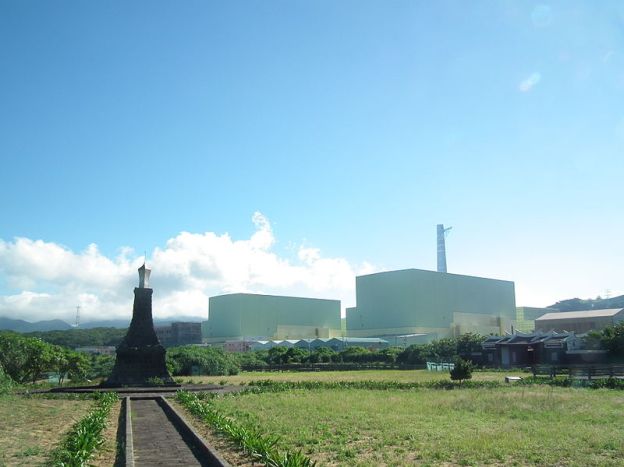Nuclear is already the largest source of low-carbon energy in the United States and Europe and the second-largest source worldwide (after hydropower). In the September 2018 report of the MIT Energy Initiative, The Future of Nuclear Energy in a Carbon-Constrained World shows that extending the life of the existing fleet of nuclear reactors worldwide is the least costly approach to avoiding an increase of carbon emissions in the power sector. Yet, some countries have prioritized closing nuclear plants, and other countries have policies that undermine the financial viability of their plants. Fortunately, there are signs that this situation is changing. In the United States, Illinois, New Jersey, and New York have taken steps to preserve their nuclear plants as part of a larger decarbonization strategy. In Taiwan, voters rejected a plan to end the use of nuclear energy. In France, decisions on nuclear plant closures must account for the impact on decarbonization commitments. In the United Kingdom, the government’s decarbonization policy entails replacing old nuclear plants with new ones. Strong actions are needed also in Belgium, Japan, South Korea, Spain, and Switzerland, where the existing nuclear fleet is seriously at risk of being phased out.
What about the existing electricity sector in developed countries—can it become fully decarbonized? In the United States, China, and Europe, the most effective and least costly path is a combination of variable renewable energy technologies—those that fluctuate with time of day or season (such as solar or wind energy), and low-carbon dispatchable sources (whose power output to the grid can be controlled on demand). Some options, such as hydropower and geothermal energy, are geographically limited. Other options, such as battery storage, are not affordable at the scale needed to balance variable energy demand through long periods of low wind and sun or through seasonal fluctuations, although that could change in the coming decades.
Nuclear energy is one low-carbon dispatchable option that is virtually unlimited and available now. Excluding nuclear power could double or triple the average cost of electricity for deep decarbonization scenarios because of the enormous overcapacity of solar energy, wind energy, and batteries that would be required to meet demand in the absence of a dispatchable low-carbon energy source. One obstacle is that the cost of new nuclear plants has escalated, especially in the first-of-a-kind units currently being deployed in the United States and Western Europe. This may limit the role of nuclear power in a low-carbon portfolio and raise the cost of deep decarbonization. The good news is that the cost of new nuclear plants can be reduced through…modular construction shifting labor from construction sites to productive factories and shipyards…and seismic isolation to protect the plant against earthquakes, which simplifies the structural design of the plant.
Excerpts from John Parsons, A fresh look at nuclear energy, Science, Jan. 2019
